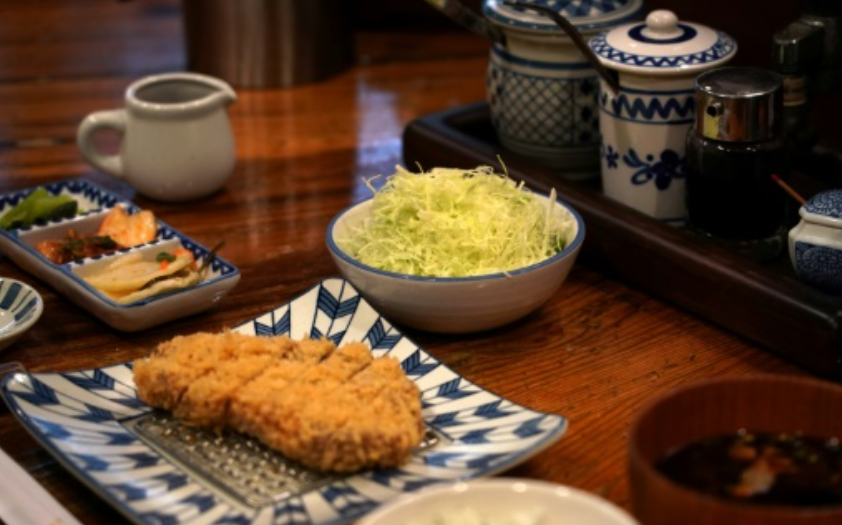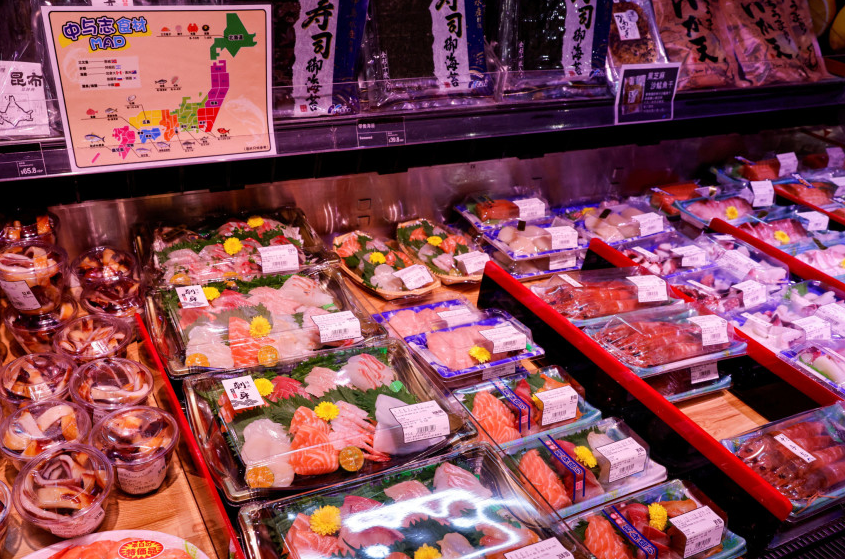发布时间:2024-04-22 人气:10 作者:郝
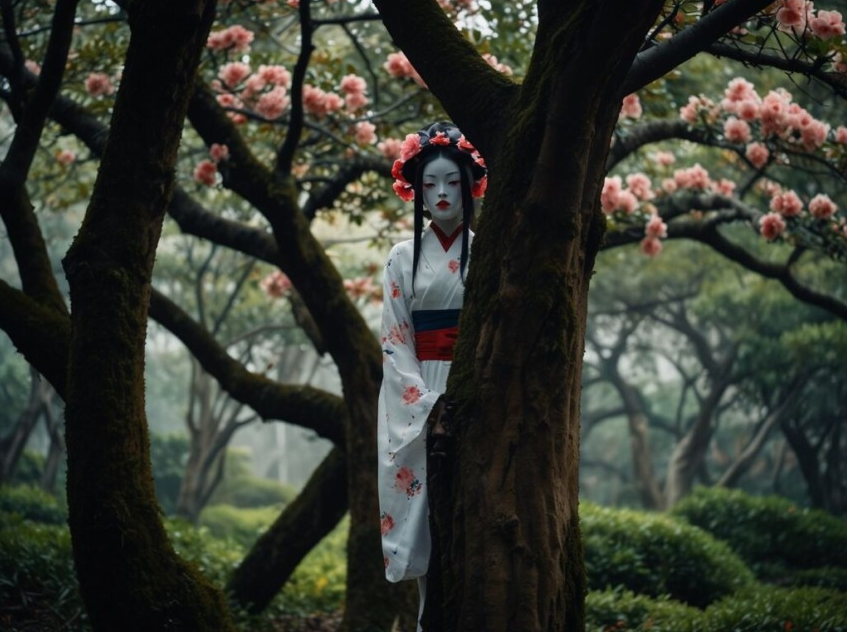
Japan could be said to be a country of yokai (ghosts). Often called goblins in English, yokai are much more varied than that poor translation suggests. These folklore beasties, like European fairies, can be scary, weird and benign. We often think of them in the summer when scary Obon season comes, but they’re present for all seasons, including the fall harvest season and winter’s dead cold. In this article, we’ll be talking about the Japanese yokai of spring.
Spring yokai tends towards natural phenomena, like plants and animals. After all, spring is when the natural world comes alive again after winter’s long, cold sleep. Yokai can tell you something about the importance of the natural world to a traditionally agricultural society like Japan. And they can also be lots of fun.
Here are seven yokai associated with spring and some of their cultural connections.
1. Raijuu
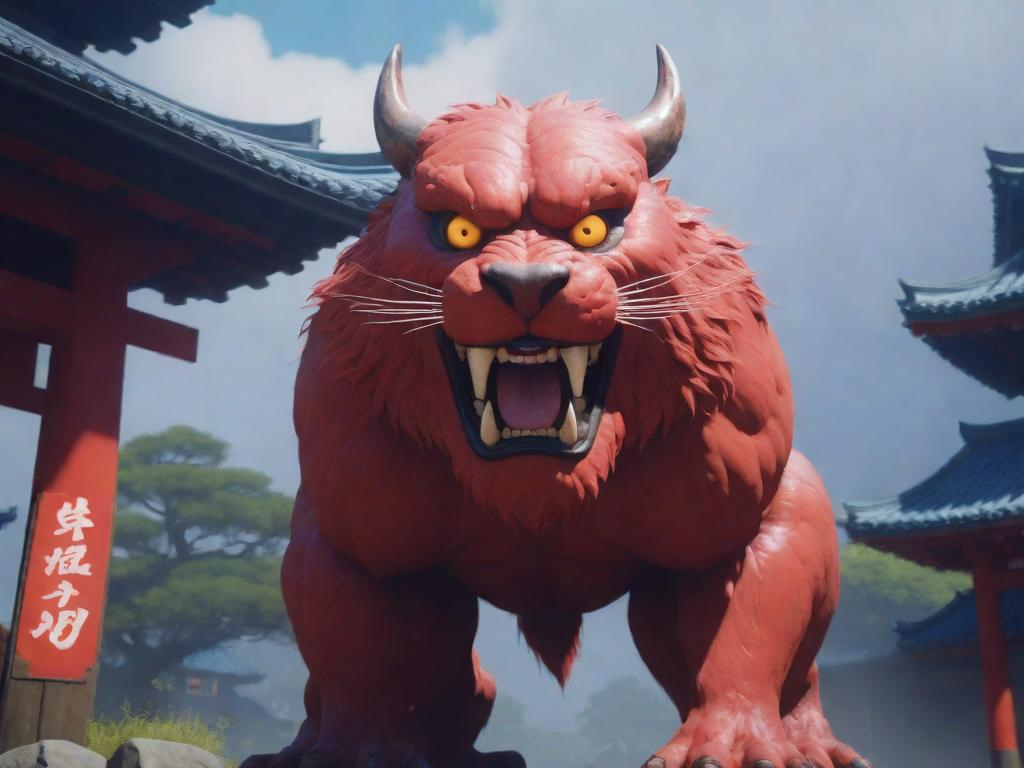
He just needs some pats.
Also known as the thunder beast, a raijuu is a mythical being like a white-blue wolf or dog wrapped in a ball of lightning. The companion of Raijin, the thunder god, raijuu goes wild during thunderstorms, damaging trees and buildings that happen to be in its path. It likes to sleep in people’s navels when not crackling through the air during storms. Be sure to sleep face down in a storm so you don’t attract one!
There are many stories about the thunder beast in Japan. He also inspired the Pokemon Raikou and Garurumon in the Digimon universe. There’s even a Thunderbeast in the Dungeons & Dragons canon. Although it acts like the yokai raijuu, the D&D version looks very different.
While many people may associate thunder with summer storms in Japan, they may not be so scary due to the frequency. However, spring thunder is comparatively rare, so it is all the more terrifying. You can bet that when thunder rumbles in the spring, it’s raijuu tearing across the sky.
2. Saohime
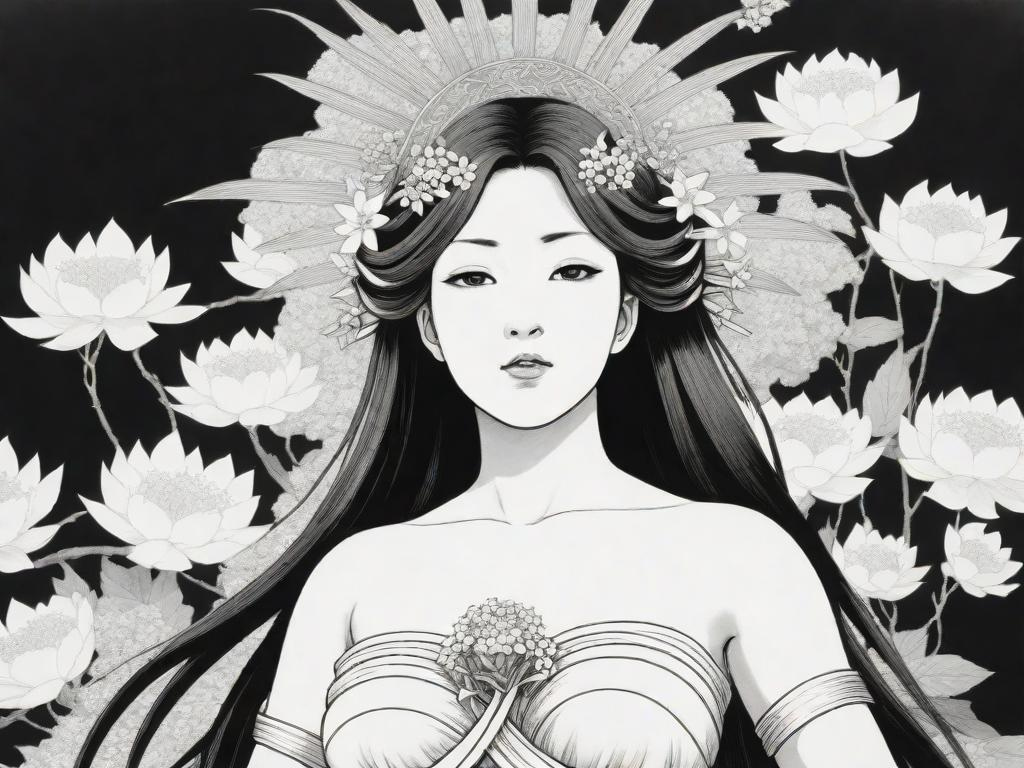
Spring is here.
Saohime is the goddess of spring. She appears as a young woman in a white dress and is sometimes considered the personification of spring. Her name is a seasonal word for the season and a Japanese confectionary. Sometimes written as Sahohime, the name comes from Mt. Saho, situated east of Heijo-kyo, the old name for Nara.
In gogyo-setsu, an ancient belief from China relating to cardinal directions and the five elements, spring is in the east, making the mountain the embodiment of spring.



